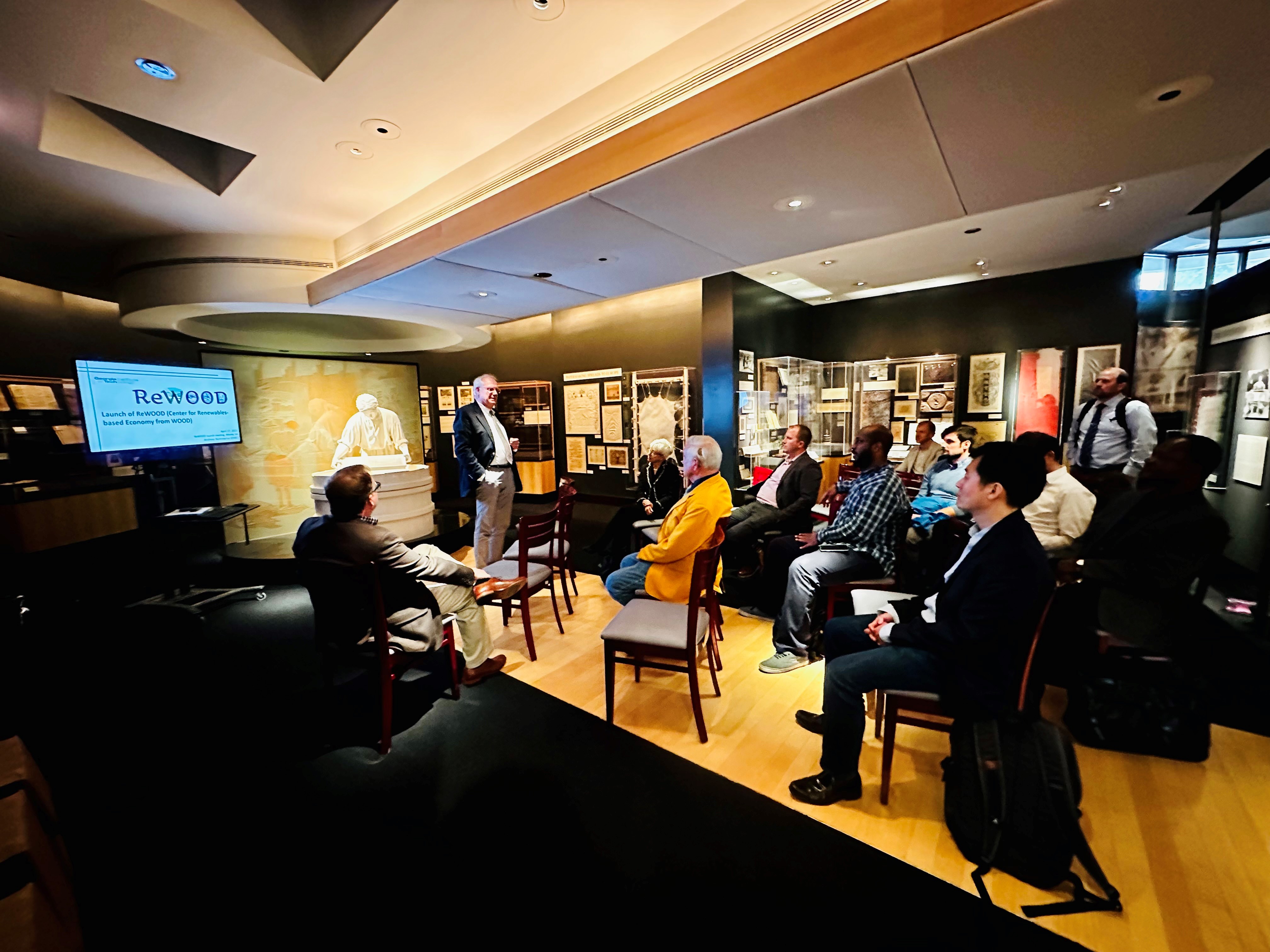Gasoline, diesel, and jet fuel — the most commonly used transportation fuels — are among the largest sources of greenhouse gas emissions, and their use is affecting the climate in significant and long-term ways. A new national report, however, provides a powerful toolkit to help researchers and policymakers better evaluate low-carbon technologies and work toward reducing emissions.
Valerie Thomas, Anderson-Interface Chair of Natural Systems and professor in the H. Milton Stewart School of Industrial and Systems Engineering and the School of Public Policy at Georgia Tech, served as chair for the report titled “Current Methods for Life Cycle Analyses of Low-Carbon Transportation Fuels in the United States.” Issued by the National Academies of Sciences, Engineering, and Medicine, the report presents life-cycle assessment as an essential tool in helping researchers and policymakers evaluate low-carbon fuel standards to reduce emissions. Thomas, whose research focuses on energy, environmental impacts, and technology development and policy, is affiliated with Georgia Tech’s Strategic Energy Institute, Brook Byers Institute for Sustainable Systems, and Renewable Bioproducts Institute.
Alternative fuel sources such as electricity for electric vehicles, biofuels for aircraft, and hydrogen for fuel-cell trucks do emit carbon dioxide and other greenhouse gases, whether by resource extraction, production processes, or other supply-chain and market contributions. When considering low-carbon fuel standards to reduce emissions, policymakers are often met with a range of questions from stakeholders, from potential impacts of a specific policy to total emissions released from the production of a particular fuel.
“If a new transportation fuel is meant to reduce greenhouse gas emissions, we need to be confident that emissions are indeed likely to be reduced,” Thomas said. “Determining the total net emissions of alternative fuels requires an understanding of how they are made and how they affect markets.”
Life-cycle assessments are a method used to evaluate environmental impacts of fuels and technologies throughout their production and use, but according to Thomas, more research is needed to strengthen their reliability. The 16-member committee led by Thomas evaluated current methods for life-cycle analyses of low-carbon transportation fuels in the U.S., with the goal of establishing a comprehensive and reliable approach for applying life-cycle assessment to developing low-carbon fuel standards.
In preparing the report, the committee gathered input from life-cycle assessment experts, including researchers specializing in aviation fuels, biofuels, hydrogen fuels, fossil fuels, and soil carbon implications of biofuel production. The report, which includes 70 total recommendations, includes suggestions for improving models, increasing transparency, and verifying emissions. The report provides an understanding of the state-of-the-science in quantifying the climate impact of a transition to new transportation fuels.
“We suggest that the approach to life-cycle assessment needs to be guided by the question the analysis is trying to answer,” Thomas said. “Different types of assessment are better suited for answering different questions. While some methods work well for fine tuning a well-defined supply chain, other methods are needed to understand the global, economy-scale effect of a major technology or policy change.”
Thomas hopes that research programs will be created to advance key theoretical, computational, and modeling needs to better evaluate the transition to low carbon fuels.
The National Academy of Sciences was founded in 1863 by an act of Congress and it includes the National Academies of Science, Engineering, and Medicine. Its charge is to “provide independent, objective analysis and advice to the nation and conduct other activities to solve complex problems and inform public policy decisions.”
CITATION: National Academies of Sciences, Engineering, and Medicine. 2022. “Current Methods for Life Cycle Analyses of Low-Carbon Transportation Fuels in the United States.” Washington, D.C.: The National Academies Press.
DOI: https://doi.org/10.17226/26402




